Rastaman live up. Rastaman don’t give up
Keep your culture. Don’t be afraid of the vulture. Grow your dread lock. Don’t be afraid of the wolf-pack.
(Bob Marley – Lyrics from the Song Rastaman Live Up)
________________________________________________________________________________
I was in the middle of a 6-day island discovery tour smack in the middle of a 2-week stay on the Island of Dominica in the Caribbean. Yes, the middle – that piece of real estate stamped as unexciting and mundane, though safe and proven. Those being four places I prefer not to plant my feet when I travel, I was ripe for a rebellion of sorts.
Todays’ scheduled tour was a visit to the islands’ Caribe Indian Village. Having visited indigenous villages throughout the Americas, I try to be alert for signs that warn of over-rehearsed productions that mostly set the stage for the hawking of crafts. Since the village chief is reported to be the only remaining full-blooded Caribe on Dominica, I suspected this tour might have all the authenticity of a costumed reenactment of life in the American Wild West, performed at Disneyland.
A huge red flag for me in this case was that the Caribe tour was a destination for cruise ship passengers docking over in Dominica’s capital of Roseau. For better or worse, I’ve found that my preferred recreation tends to be one or two standard deviations removed from societal central tendencies. Cruise ship tours usually are designed to appeal to the mass market, a place I don’t like to shop at.
I do respect cultures like the Caribe and their history, and am definitely glad they have the opportunity to gain income from a cultural activity, a sustainable product to be sure. I’ve gladly paid to live among authentic indigenous communities that are fighting to retain their culture, like the Kuna of Panama, the Achuar of Ecuador, and the Matsigenga of Peru. My souvenir-buying days, though, passed with the turn of the century.
My daughter and I were alone on the Dominica Discovery tour that day with our guide, Franklyn. As the doors on the pickup were shut, I said “Franklyn.” “Yes, Dave” replied Franklyn in a perfect Jamaican-style lilt. “I’m not feeling this Caribe trip,” I whined. Franklin hesitated for only a moment, but needed no more discussion. After 3 days together of conversations ranging across taboo topics that guides usually avoided with tourists – like island politics and class struggles – Franklyn knew us pretty well. “Let me go talk to de boss lady.”
With that we were off to meet Franklyn’s’ cousin Mal, who lived deep in the mountainous interior of the island, and to explore the Jaco Flats. Mal was a core member of a group of Rastafari who resisted the government in the 1970’s in what was called the Rasta War Against Babylon. Mal achieved fugitive status, but never was apprehended. Needless to say, Mal didn’t entertain many tourists.
The path to Mals’ house was marked only by a narrow pull-off along the road from Marigot to Roseau, and a walking trail down to the Bells River. We gingerly probed and picked our way through the swift current of the stream, walked up a short hill, and entered Mals’ compound. We hesitated, and Franklyn announced our presence with a loud yell. A faint “Yah” rebounded from a distance. “Okay, good, he is here.”
We walked a path through fruit trees and well organized beds of tropical vegetables. Plantain, cassava, breadfruit, cacao, papaya, banana, coconut palm, avocado, various citrus trees, and more.
We waited outside a simple wooden house while Mal finished some inside business. A tall, lanky, gray bearded Rastafarian emerged from the door wearing camouflage clothes and a revolutionary’s bandana. Bright eyes peered through time worn and strife weary wrinkles, and an engaging and welcoming smile spoke volumes about his easy going nature.
For those of us whose knowledge of Rastafarian culture comes mostly from listening to Bob Marleys’ reggae songs, this story needs some background here.
The Rastafari movement is an Ethiopian-Hebrew spirituality that arose in the 1930s in Jamaica, spread across the Caribbean, and reached Dominica in the 1960’s. It’s sometimes described as a religion but is considered by many to be a “Way of Life“. The Rastafari way of life involves the spiritual use of marijuana, and a belief in pursuing a life close to nature, spurning imported and processed foods and depending more on vegetables. It also rejects the degenerate society of materialism, oppression, and sensual pleasures, which are fundamental aspects of the society called Babylon. Babylon encompasses the corruption of society and the police, who are seen as protecting that way of life. Zion, in reference to Ethiopia, is proclaimed as the original birthplace of humankind, but it also has come to represent nature, the countryside, and future peace.
Despite, or maybe because of, the peaceful and non-ambitious nature of Rastafarianism, it seems wrapped in mystery and mistrusted or even feared by a western culture immersed in a lifestyle constructed on those Rasta-rejected pillars of materialism, oppression and sensual pleasures.
Dominica has a population that was, and is, mostly poor, of African descent, and restless. It was ripe for Rastafarianism when it started sweeping across the Caribbean. The Rasta’s began wearing long hair and beards because of a teaching in the Old Testament, also followed by orthodox Jews, that no razor shall touch the hair of the faithful.
Although the lifestyle, beliefs and appearance associated with Rastafarianism are widely accepted today, there was fierce reaction from the social and political establishment of 1970s Dominica. This fierce reaction included Dominica’s Prohibited and Unlawful Societies and Associations Act passed in 1974, commonly called “The Dread Act, and described by some as one of the most draconian pieces of legislation passed in any part of the world in the 20th and 21st centuries.
The law aimed to stem the spread of and influence of the Rasta movement in Dominica by giving police and citizens the right to shoot other citizens on sight without question if those people had dreadlocks and induced fear or mistrust. It sentenced members to 9 months in prison for the hairstyle dread locks or dreads or any memorabilia that identified them as ‘Dreads’. Dreads could be killed, or have their locks forcibly cut, in many cases for no better reason than being classified as a member of an “unlawful society”.
In what was perceived by some as retaliation and others as proof of their evil nature, a few farmers were threatened or killed. In several gun battles, both Dreads and security forces were killed. It’s commonly thought that many more dreads were slain in the woods, their deaths unannounced. Along with the negative social and economic impact on those affected by the law, enforcement of the law proved to be brutal, and many Dreads fled to the hills or hid in cities for refuge.
Jaco Flats, the long-abandoned site of a centuries-old escaped slave community deep in the forested and rugged interior of Dominica, was one of those refuges.
The Dread Act remains a bitterly contentious and divided issue in Dominica. Most present day Rastafari and Dread sympathizers point to the era as a black eye and believe that Dominica will never heal until it admits its’ wrong and issues formal apology to the Rastafari movement. The “other side,” the establishment, claims that the Dread Act saved Dominica. They believe that Dominica was on the path to total chaos, and the Dreads were stealing, killing, and encouraging anarchy.
Leery of passing judgment on something I didn’t witness firsthand, I invite you to read the articles identified below, and especially the comments at the end.
If you read those comments, one name you’ll come across that is referred to by several commenters as being among of the “worst offenders” of the Dreads, is Mal.
Back at Mals’ compound, we spent some unhurried time chatting with Mal, not about the Dread Act and the war, but about his homestead, his simple farming techniques and the lack of chemicals and machinery, food, and about simple living and respect for a healthy earth. Like most Dominicans, Mal had no car, smart phone or computer, and apparently few material goods of any kind. His wealth was in the land and its abundance.
Mal and I talked about daughters, pretending for a brief second that one of mine wasn’t standing at my shoulder, and he sheepishly admitted to having quite a few. Mal told us a little about Jaco Flats and its’ ruins, and said that if he had a bit more advance notice, he would have liked to accompany us – he knew the location of all parts of the old community.
When the talk started to trail off, Mal showed us his outdoor kitchen, and we dug into fruits from his land, grapefruits and other citrus, and several I can’t recall.
Then it was time for us to hike up to the Flats. Customary for Dominicans, both among themselves and with tourists, we did a “knuckle bump” and said goodbye to Mal, thinking he’d be gone when we returned.
“Franklyn” Mal called over his shoulder as we started up the hill, “Take care a ‘dem.” Evidently we hadn’t convinced Mal of our hardiness to complete the hike up to the flats and down the piece of history known as the Jaco Steps.
Jazzed at the encounter, we headed up to the flats where Franklyn explained what he knew about the history of the area. The Jaco Flats are on a plateau high above the Bells and Lyre river valleys. With steep hillsides, the Flats were difficult to access, and therefore made for a defensible stronghold.
That inaccessibility was the key to the original role that Jaco Flats played in history. After “discovery” by Europeans around 1500, the Caribbean islands rapidly were colonized and cultivated for sugar, rum, spices, and bananas. The hard work was performed by black slaves, some of whom escaped. The escaped slaves were called Maroons, which originally was the Spanish word Cimarron that meant feral animal or runaway. Especially on islands with remote and rugged interiors like Dominica and Jamaica, the Maroons formed independent settlements. Jaco Flats was one of those settlements, established by the ex-slave Jaco, who had been a chief in Africa and who knew a thing or two about running a village.
The Maroons were hunted, of course, often by other slaves called Rangers who were working for their freedom, and either returned to slavery or killed to set examples to prevent large scale slave revolts. To defend against this, the settlers at Jaco Flats carved a steep staircase into the volcanic rock on one side of the plateau and used it for their own access to obtain provisions for the community. With over 100 steps, many over 3 feet in depth, the stairs that are now called Jaco Steps were easily defensible from above, and speedy ascents by attackers were impossible.
The qualities of the Jaco Flats and the presence of the Jaco Steps that made them valuable to the Maroons hundreds of years ago, made them again valuable for the Rastafari’s who were seeking refuge from prosecution under the Dread Act in the 1970’s.
Hiking them late in 2014, we found the steps covered in moss and rotting leaves probably just as they were for the Maroons and the Rangers who sought them, and the Rastafari and the police who sought them. Slippery when wet for sure.
We worked our way down the steps, which led to the Lyre River. We paused to splash some cool water on our face and drink directly from the stream. Forty yards or so downstream, the Lyre merged with the Bells River. There was no land access to the convergence.
A mystical charm permeated the air and resonated in the greenery, and despite the human use over the years – by the Maroons and the Rastafari – it felt like a visit to the Land Time Forgot. Tree ferns stood as sentinels on the look out for the long-gone dinosaurs that once grazed on them, and there was a jungle of vines, lianas, bromeliads, moss, and trees of all shapes and sizes from the ground to the canopy high above.
When it was time to return, we climbed the Jaco Steps, hiked across the Flats, and returned to find Mal and one of his daughters, named Girlie, harvesting cacao bean pods. Twenty-nine year old Girlie was at the top of the cacoa tree tossing down the pods, and Mal – now changed out of his camo fatigues – was running around under the tree chasing after them.
Mal cracked a couple open and we eagerly set upon the sweet pulp surrounding the raw cacoa beans. We debated whether or not the caffeine in the beans – and the eventual chocolate – was also in the pulp. With no internet handy, the jittery night of sleeping that followed was all the proof I needed. Mal encouraged us to spit the beans anywhere, to help him reseed the cacoa, but Girlie leaped from the tree and animatedly scolded both Mal and us, and had us gather the beans in a large leaf. She wanted every last bean and intended on roasting them for chocolate.
A second farewell, and we headed back through the cultivated fields, and across the river, our appetites for adventure, history, authentic living, and healthy snacks all having been well satiated. Having successfully avoided a rut in the middle of our trip, the Jaco Steps and the Jaco Flats proved to be a fantastic detour on our journey through Dominica.
_______________________________________________________________________________
And Finally…. The sterotype of the Rasta is a dread locked, ganja smoking anti-establishment renegade. Most, but not all, Rasta’s do wear dreads. Extolling and practicing the virtues of marijuana is unapologetically a source of pride, with a value that even America is waking up to. Lastly, the establishment ‘Babylon’ has the earth on shaky ground these days, a result of its legacy of greed, conflicts over resources, pollution and its’ out of control offshoot global warming, and social inequality, so maybe a little more anti-establishment would be a good thing.
In meeting Mal, I gained firsthand exposure to an aspect of Rasta culture that receives less attention – living sustainably and in harmony with nature, simply with a small ecological footprint, and few material possessions – in a historically significant setting on the Island of Dominica.
It seems to be dawning on more and more people that the concept of sustainable development and the economics of unrestrained capitalism are anything but sustainable on our earth. I’ve felt incredibly inspired each time I’ve been exposed to societies living simply, depending on local resources that are tapped within the capacity of the earth. Indigenous tribes often lead the way, and although western culture creep takes its toll each year, poverty and societal discrimination seem to be among the factors working to make sure that a significant portion of this planets population is forced to live at sustenance level . The best they can do, and what many cultures simply desire, is not to strive to always live better as we’re programmed to do in western society, but simply to live well.
Mal, the Rastafarian, is one of those living well and simply on a finite earth.
If you are interested in visiting Dominica, and doing off the beaten path travel, or maybe in visiting with Mal, contact me by email, and I will give you Franklyns phone number.
For additional reading see:
Commentary, the Dread Act, 40 years on. Kasate Birhanne. November 19, 2013. Dominica News Online. 2013file:///C:/Users/Dave/Documents/blog/dominica%20jaco/COMMENTARY%20%20Dread%20Act%E2%80%A6.Forty%20Years%20On%20%20%20Dominica%20News%20Online.html
Commentary, Lets Discuss the Dread Act, Henry Shillingford. Dominica News Online, Nov 19, 2012. file:///C:/Users/Dave/Documents/blog/dominica%20jaco/Let%E2%80%99s%20discuss%20the%20period%20of%20the%20Dread%20Act%20%E2%80%93%20Henry%20Shillingford%20%20%20Dominica%20News%20Online.html
Categories: Adventure, Culture, Environmental Issues, Long Read, Photographic Journal, Spirituality, Travel

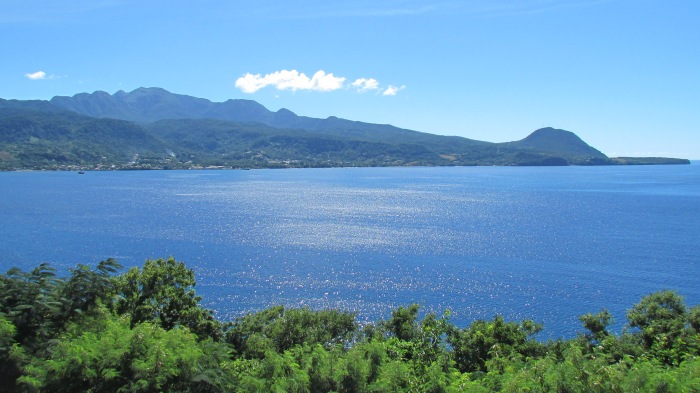
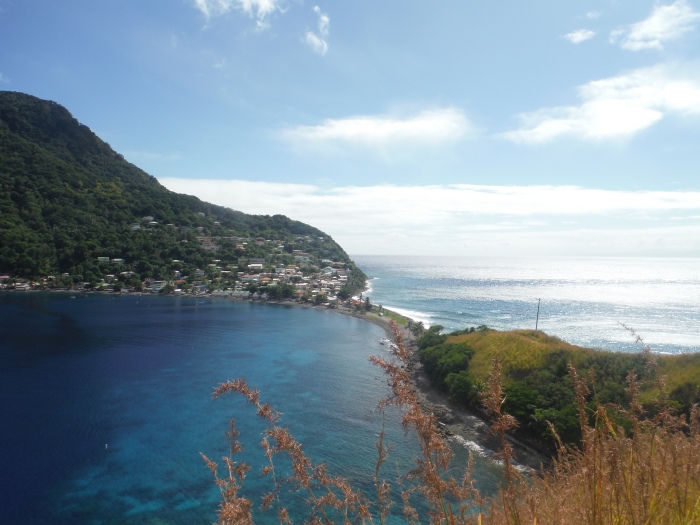
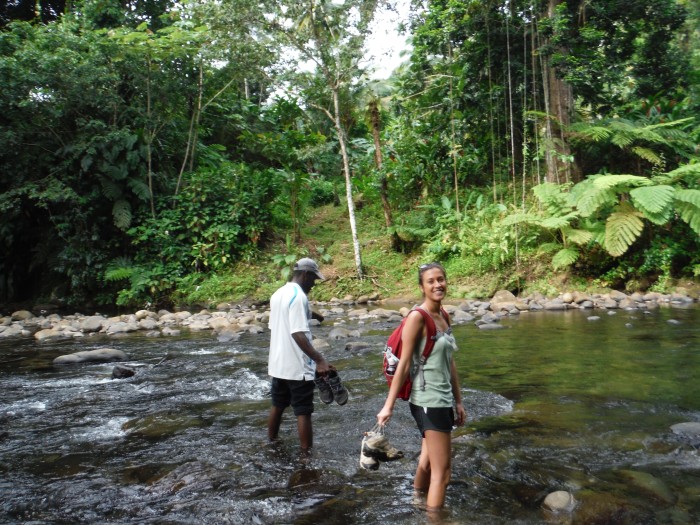
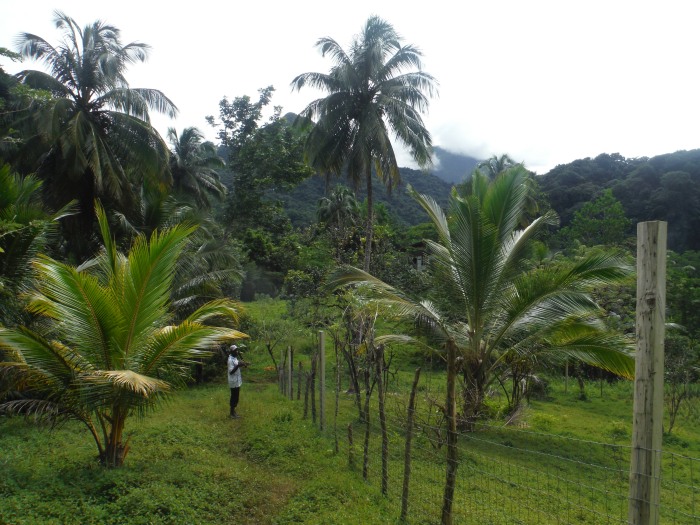
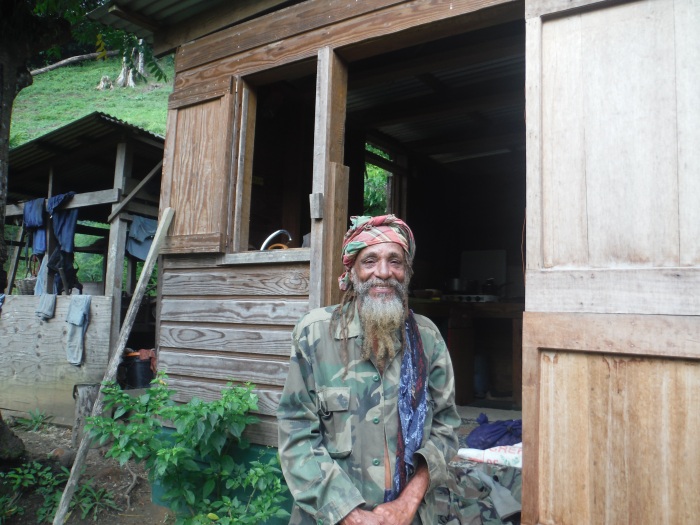
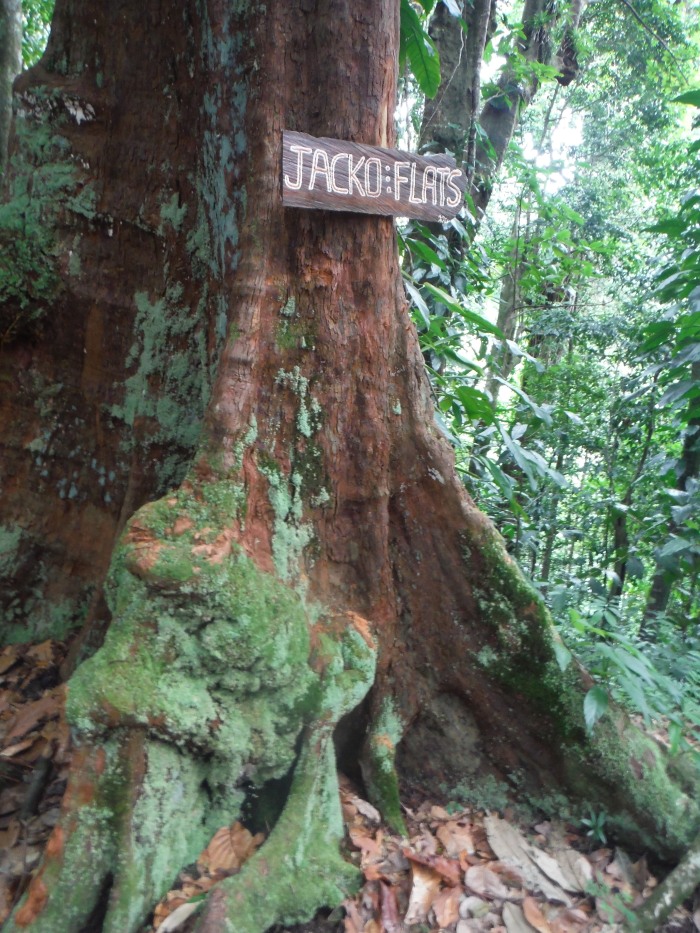
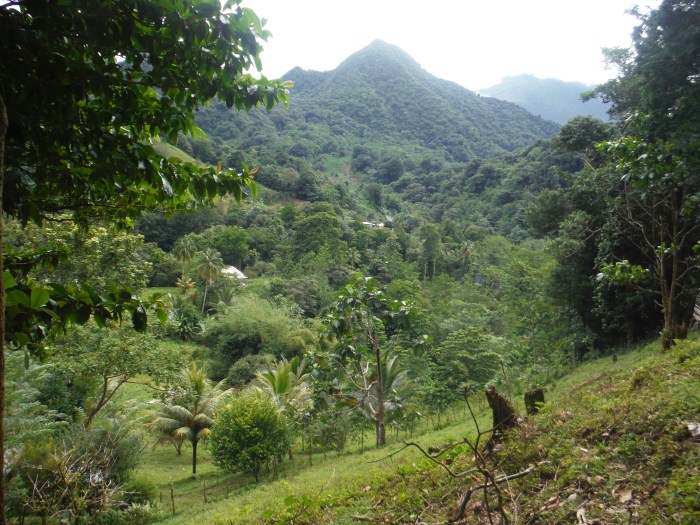
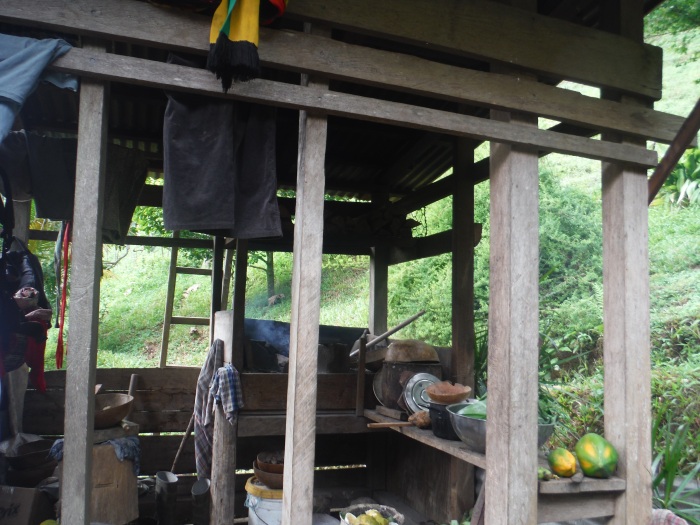
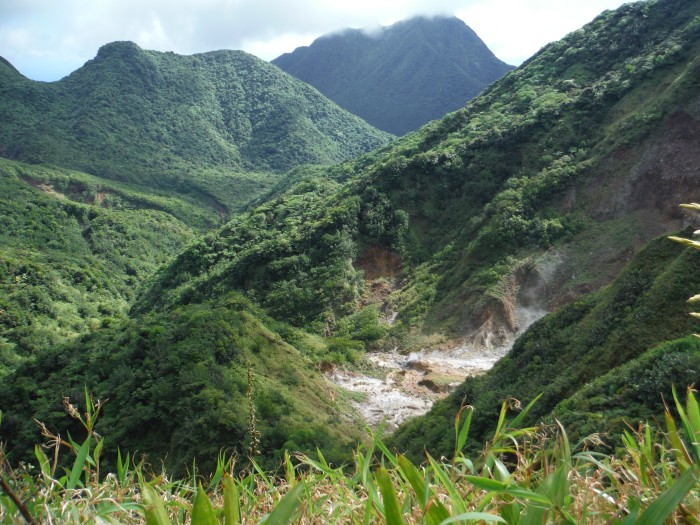
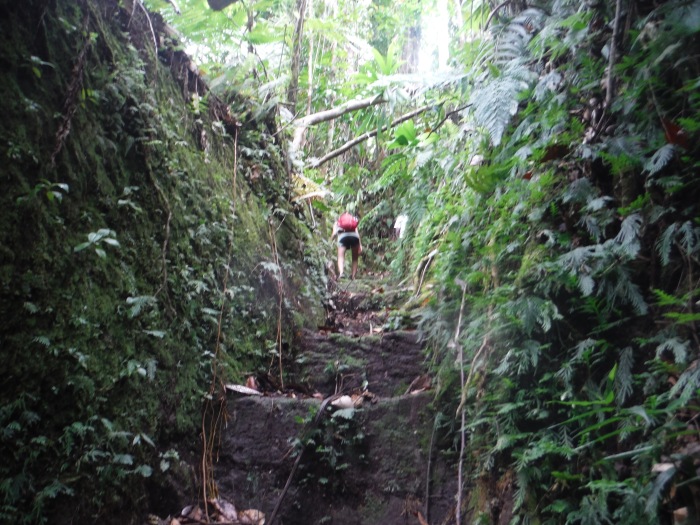
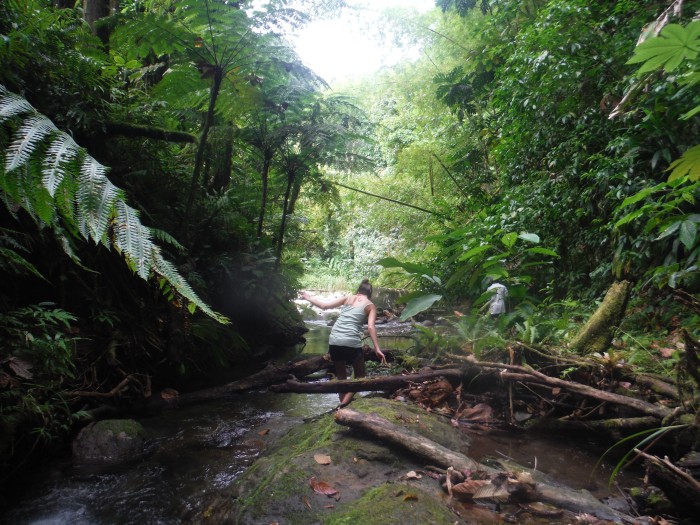
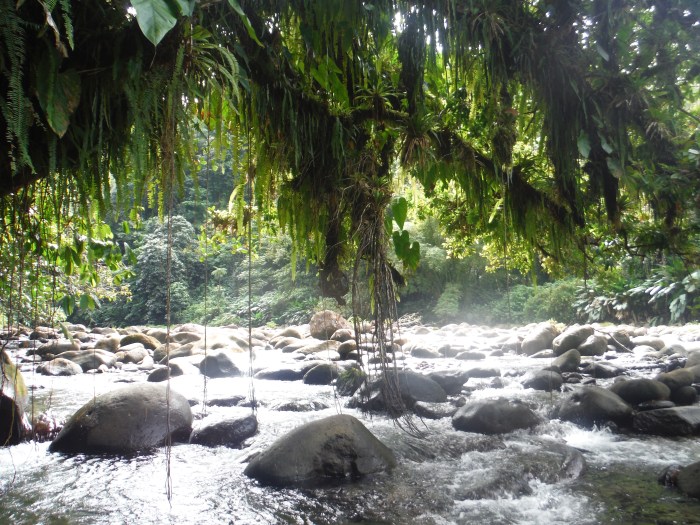
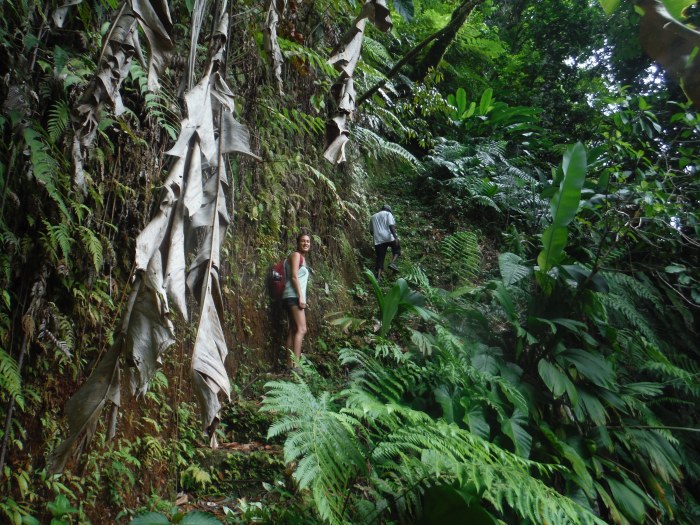
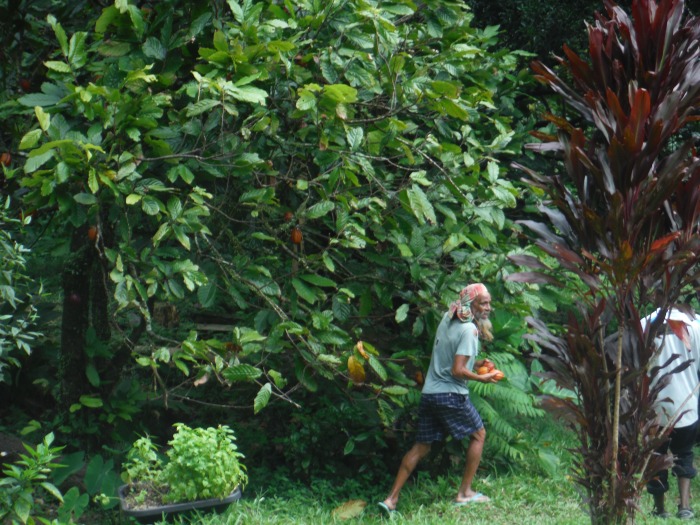
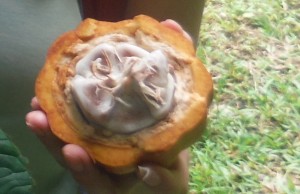
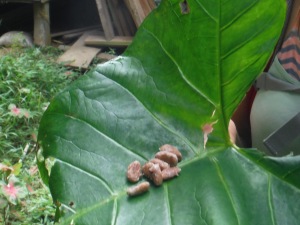
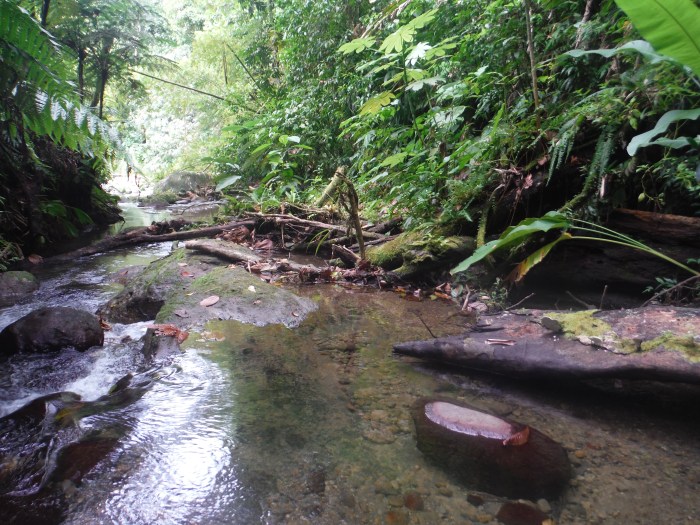
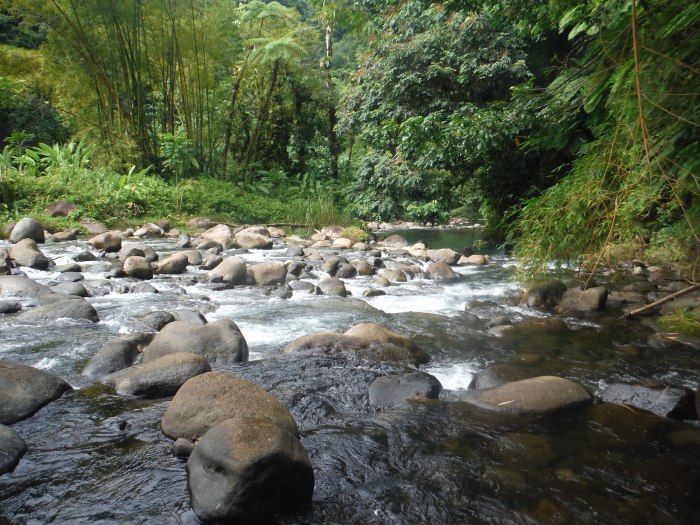
Very interesting read.
Thanks for giving it a read, and i appreciate your comment.
Ras Albert Williams, many thanks to you for sharing should an excellent written article! This author, Dave Santillo, has confirmed in words as well as in his beautiful pictures and extensive research the realness and authenticity of a breath taking beauty of a culture many never knew about and are slowly learning.
As he states, “ The stereotype of the Rasta is a dread locked, ganja smoking anti-establishment renegade. Most, but not all, Rasta’s do wear dreads. Extolling and practicing the virtues of marijuana is unapologetically a source of pride, with a value that even America is waking up to. ”
Being, not only your wife but a born Civil Rights Era Southern American writer, who until meeting, marrying , witnessing every moment of every day your beautiful testimonies exemplifying the beauty proudly of its culture as a Rastafarian who lived through all his research being British-born and being reared 32 years in Dominica.
I truly enjoyed reading this article and also give thumbs up to the tour guide, Franklyn who realistically understand and answered the authors call magnificently here, “ Franklyn. Yes, Dave replied Franklyn in a perfect Jamaican-style lilt. I’m not feeling this Caribe trip, I whined. Franklin hesitated for only a moment, but needed no more discussion. After 3 days together of conversations ranging across taboo topics that guides usually avoided with tourists – like island politics and class struggles – Franklyn knew us pretty well. Let me go talk to de boss lady.”
Then it all unfolded as Franklyn’s cousin Mal living in the Jaco Flats pictured with his humble smile and gray breaded dreadlocks wearing camouflage clothes and a revolutionary’s bandana representing all of the authenticity this author has dare brought to light along with all that you have written and shared that in your book, ‘Dread, Rastafari and Ethiopia: The definitive historical report of the beginning and the rise of the RastafarI movement in the Commonwealth of Dominica.’
I encourage everyone to take a moment to read this amazing article to become knowledgeable. This is wonderful history that has predominately been exposed by Bob Marley in all his lyrics. Only those that have lived it or know someone who has lived it will truly know the real truth about it. And in my opinion, more eyes, ears and hearts will become cognisant of a history and culture that truly need to be told and passed on for generations to come all over the world.
Tempie Williams
of
Albert and Tempie THE WINNING TEAM
Copyright © 2015
Sincere thanks for taking the time to read my article Tempie, and for your kind words. I enjoyed my trip to your beautiful country so much, and I hope to return soon! And I agree that the world has much to learn from your history and your culture. Much respect to you and Albert.
I enjoyed this post very much. I look forward to seeing more of your writings soon, Dave. Cheers!
Sincere thanks Shannon. It always makes my day to know you’ve read one my posts!
Give thanks for the share Dave.
It’s very much needed considering the scant literary work on the Rastafari Movement in Dominica. Now is also one of the most challenging times for the Rastafari Movement as Rastafari youth try to fit into dual worlds; the system and Nature. Furthermore, we see the popularity of the Organic Movement extending its grasp to the island, promoting the same ideas/philosophy that Rastafari was persecuted for during the Dread Act Era. I hope this article reaches the eyes of more and more peeps all in the effort of shedding true light on the Rastafari Livity and its real contribution to Dominica, especially now that Chronic Non-Communicable Diseases are ravishing the island and the wider Caribbean region.
Blessed Love
Sincere appreciation for reading my post and for your comment. I saw firsthand some of the enthusiasm for the Organic Movement among some young farmers in Marigot. I hope it takes hold firmly, and I hope that the Rastafari movement prospers on Dominica and elsewhere. The world needs it.